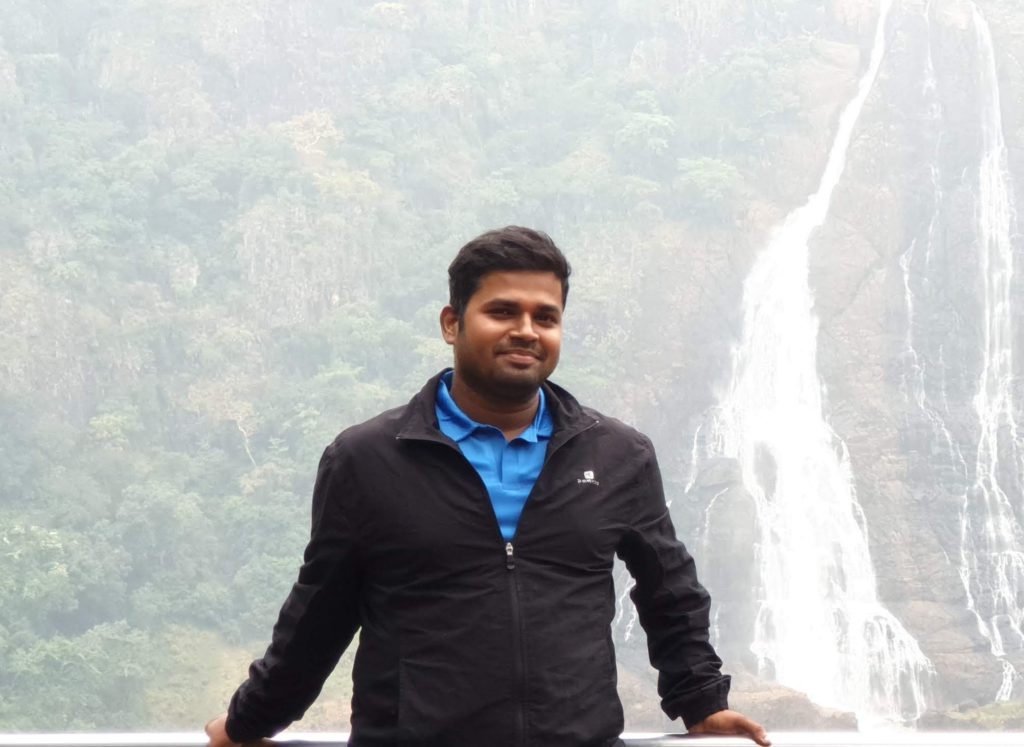Plant Physiology
Course Attendees
Still no participant
Course Reviews
Still no reviews
Code(Credit) : CUTM1466(3-2-1)
Course Objectives
• Describe how physiological processes scale up from the functioning of complex structures such as stems, roots and leaves to whole plants and plant communities
• Our objective is to provide training in scientific and transferable skills through modular lecture courses, research projects, written work, seminars and supervisions.
Learning Outcomes
Upon successful completion of this course, the student will be able to:
• Learn the knowledge on metabolism, physiology and structure of plants together with a better understanding of regulation of growth and development and influence of environment.
• Integrate and analyze the data and concepts from current scientific literature
Course Syllabus
Module-I
Plant-water relations: Water Potential and its components, water absorption by roots, aquaporins, pathway of water movement,symplast, apoplast, transmembrane pathways, root pressure, guttation.
Practice:
1. Determination of osmotic potential of plant cell sap by plasmolytic method.
2. Determination of water potential of given tissue (potato tuber) by weight method.
Module-II
Ascent of sap: Cohesion-tension Theory; Transpiration and factors affecting transpiration, antitranspirants, mechanism of stomatal movement; Minerals: Mineral nutrition; . Macro and micronutrient; Essential and beneficial elements, methods of study and use of nutrient solutions; criteria for essentiality, mineral deficiency symptoms and their solution, roles of essential elements, chelating agents.
Practice:
1. Study of the effect of wind velocity and light on the rate of transpiration in excised twig/leaf.
2. Calculation of stomatal index and stomatal frequency from the two surfaces of leaves of a mesophyteand xerophyte.
3. To calculate the area of an open stoma and percentage of leaf area open through stomata in a mesophyte and xerophyte (both surfaces).
4. To demonstrate suction due to transpiration
Module-III
Nutrient Uptake: Soil as a nutrient reservoir, transport of ions across cell membrane, passive absorption, electrochemical gradient, facilitated diffusion, active absorption, role of ATP, carrier systems.
Module-IV
Translocation in The Phloem: Experimental evidence in support of phloem as the site of sugar translocation, Pressure–Flow Model; Phloem loading and unloading, Source–sink relationship.
Practice:1. Study of water absorption through root.
Module-V
Plant Growth Regulator: Discovery, chemical nature (basicstructure), bioassay and physiological role of Auxin, Gibberellins, Cytokinin, Abscisic acid, Ethylene, Brassino steroids and Jasmonic acid.
Practice:
1. To study different concentration on Avenacoleoptile elongation (IAA Bioassay).
2. Bolting experiment/Avenacoleptile bioassay (demonstration)
Module-VI
Stress Physiolology: Abiotic stress on plant; drought, salinity, cold, heat, submergence etc. Biotic stress on plant.
Module-VII
Physiology of Flowering: Photoperiodism, flowering stimulus, florigen concept, vernalization, seed dormancy. Phytochrome, Crytochromes and Phototropins: Discovery, chemical nature, role in photo morphogenesis, low energy responses (LER) and high irradiance responses (HIR),mode of action.
Practice:
1. To study the phenomenon of seed germination (effect of light)
2. To study the induction of amylase activity in germinating barley grains.
3. Fruit ripening/Rooting from cuttings (Demonstration).
Text & Reference Books:
1. Hopkins, W.G. and Huner, A. (2008). Introduction to Plant PhysiologyIntroduction John Wiley and Sons. U.S.A. 4th edition.
TEXT BOOK
2. Taiz, L., Zeiger, E., Mller, I.M. and Murphy, A (2015). Plant Physiology and Development.Sinauer Associates Inc. USA. 6thedition.
3. Bajracharya D. (1999). Experiments in Plant Physiology-A Laboratory Manual.NarosaPublishing House, New Delhi.
Session 8 (Practice-2)
Session 22 (Assignment-7)
Practice 25 (Practice-3)
Session 27 (Assignment-8)
Session 35 (Practice-5)
Case Studies
Case Studies
Our Main Teachers

Mr. Srimay Pradhan
Assistant Professor in Department of Botany, School of Applied Sciences, Centurion University of Technology and Management
VIEW PROFILEMr. Srimay Pradhan is presently working as an assistant professor (Botany) in School of applied Sciences, Centurion University of Technology and Management. Apart from this, he is also persuing his doctoral research on diversity, distribution and ethnomedicinal uses of Lichens from Centurion University of Technology and Management. He has completed his Master (Botany) from Department […]

Mr. Srimay Pradhan
Assistant Professor in Department of Botany, School of Applied Sciences, Centurion University of Technology and Management
VIEW PROFILEMr. Srimay Pradhan is presently working as an assistant professor (Botany) in School of applied Sciences, Centurion University of Technology and Management. Apart from this, he is also persuing his doctoral research on diversity, distribution and ethnomedicinal uses of Lichens from Centurion University of Technology and Management. He has completed his Master (Botany) from Department […]


Recent Comments